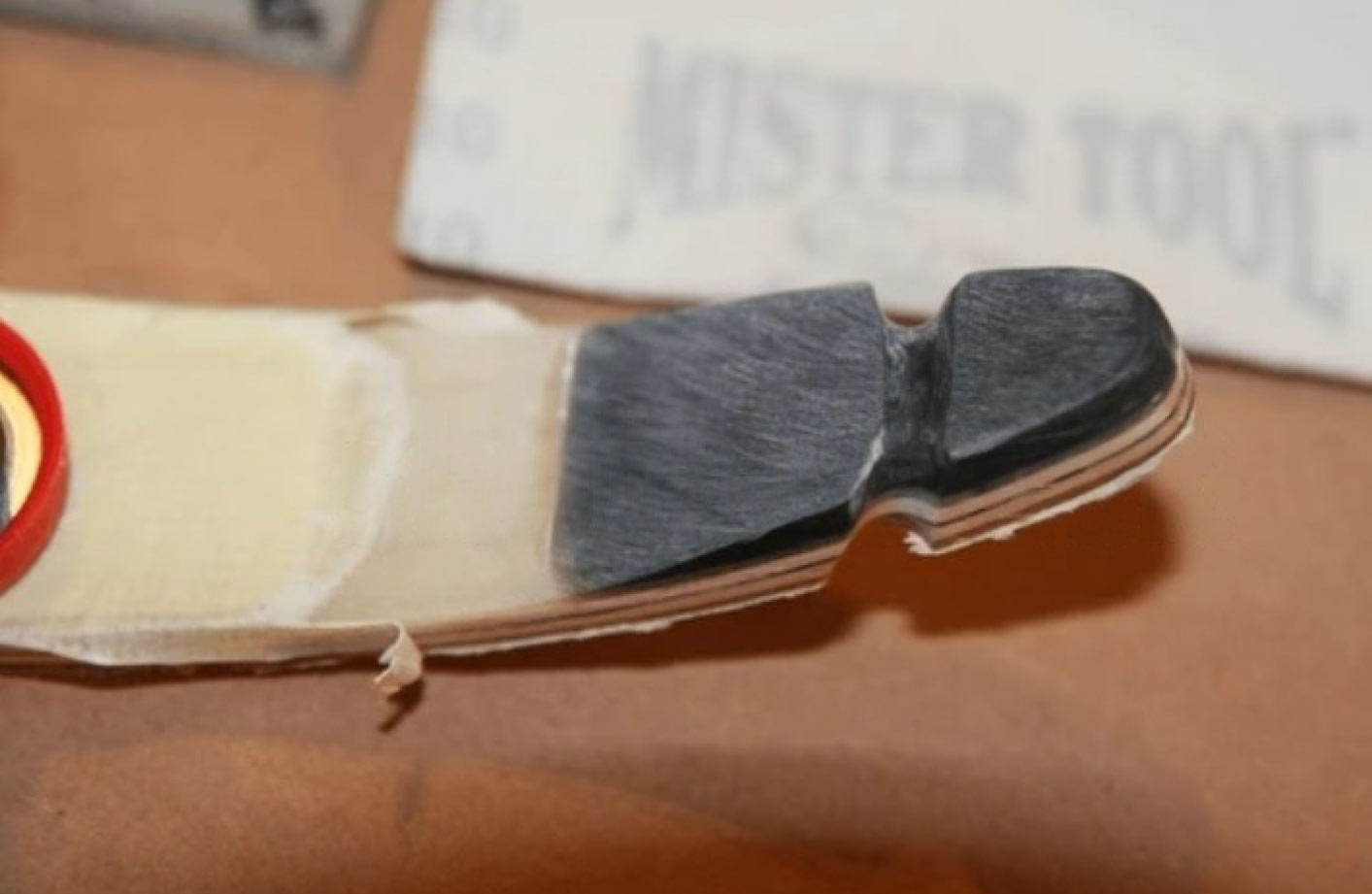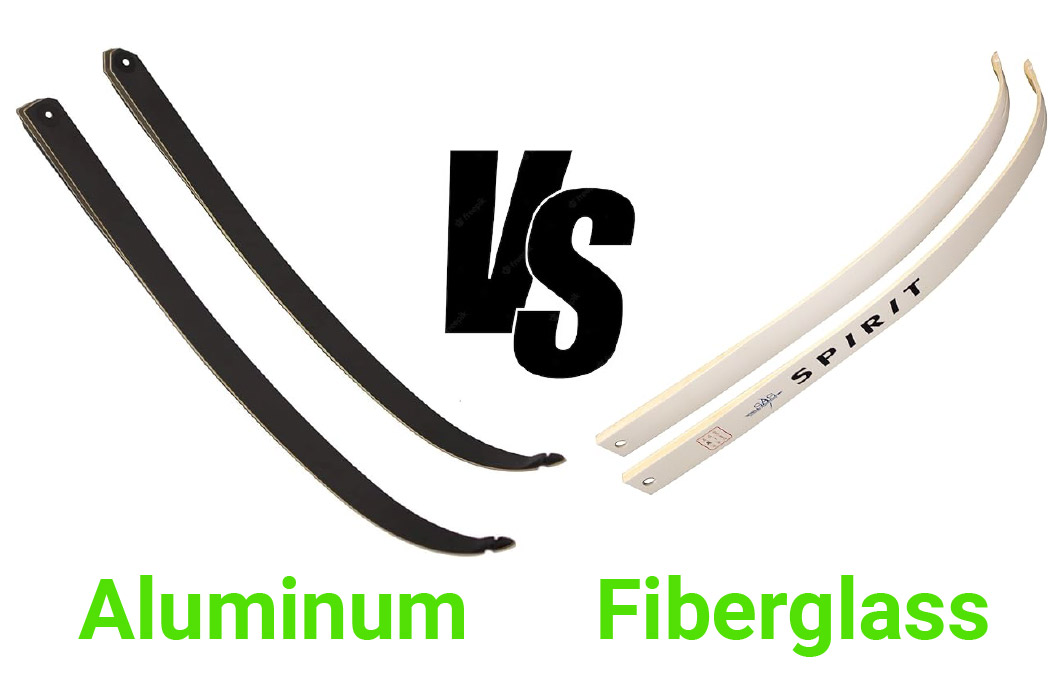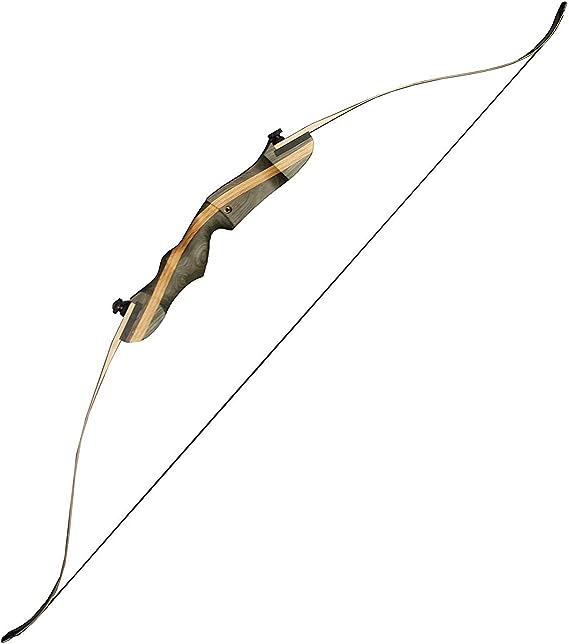Yes, you absolutely can hunt with a recurve bow! In fact, many hunters prefer this traditional method of hunting.
Recurve bows have been used for hunting and warfare for thousands of years, and today they continue to be a popular choice for hunting enthusiasts.
One of the biggest advantages of hunting with a recurve bow is its simplicity. Unlike compound bows that have complex mechanisms and accessories, recurve bows have a straightforward design that allows for a more natural and intuitive shooting experience.
They are also usually lighter and more compact, making them easier to carry around in the wilderness. However, this simplicity also means that recurve bows require more skill and technique to shoot accurately.
The archer must pay close attention to their form, grip, and release, as even small mistakes can result in a missed shot or an injured animal.
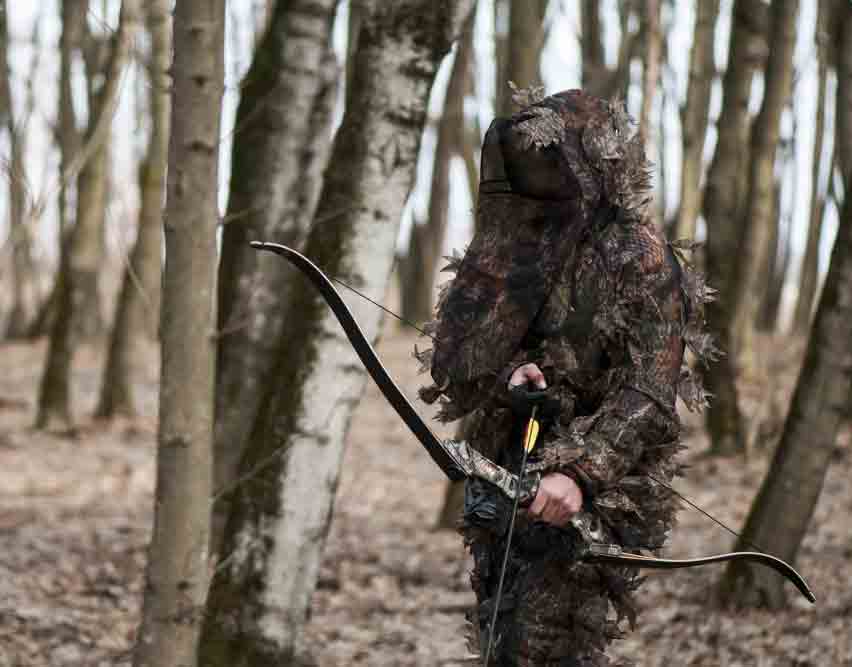
The Advantages of Recurve Bows for Hunting: Lightweight, Quiet, and Versatile
When it comes to hunting, choosing the best recurve bow is crucial. The type of bow you use can greatly affect your hunting experience and success. Among the different types of bows available, the best one for hunting is the recurve bow.
Lightweight
Recurve bows have been used in hunting for centuries and are still popular among hunters today. They’re lightweight, easy to carry, and known for their accuracy and power.
Recurve bows have a simple design compared to other bows, which makes them easy to maintain and repair in the field.
Quiet
The big advantage of recurve bows is that they’re quiet. When you’re hunting, the last thing you want is to scare off your prey with a loud bow.
Recurve bows are much quieter than compound bows, which makes them perfect for hunting in close quarters or in dense forests.
Versatile
Recurve bows are also versatile. They come in different sizes and weights, which means you can choose one that suits your body type and hunting style.
If you’re new to hunting, a lightweight recurve bow with a lower poundage is an excellent place to start. As you become more experienced, you can upgrade to a heavier bow with a higher poundage.
Does a recurve bow have enough power for hunting?
Yes, a recurve bow has enough power for hunting. In fact, many hunters prefer using a recurve bow over other types of bows because of its simplicity and reliability.
Recurve bows have been used for hunting purposes for centuries and have proven to be effective.
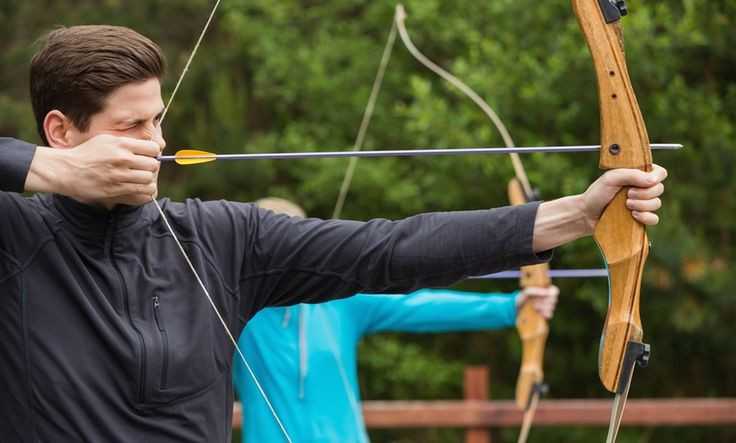

The power of a recurve bow mostly depends on its draw weight. Generally, a recurve bow with a draw weight of at least 40 pounds is considered powerful enough for hunting small to medium-sized game animals.
For larger animals, such as deer, a draw weight of 50 pounds or more is recommended.
It’s worth noting that the draw weight of a recurve bow can be adjusted by changing the limbs, so it’s important to choose a bow with limbs that are compatible with your hunting needs.
It’s important to remember that proper technique and form are crucial when using a recurve bow for hunting. This includes using the right arrow weight and length, as well as practicing regularly to improve accuracy and consistency.
How far away can you effectively shoot game with a recurve bow?
When it comes to hunting with a recurve bow, the effective shooting range can vary depending on several factors, such as the experience of the hunter, the type of game, and the type of bow used.
In general, a skilled hunter who is well-practiced with a recurve bow can shoot accurately up to 40 yards. However, it is important to note that this range may be reduced for beginners or for those who are not as familiar with the bow.
The type of game also plays a crucial role in determining the effective shooting range. For smaller game such as rabbits or squirrels, an effective range may be as close as 10–15 yards.
On the other hand, larger game such as deer or elk may require a range of 20–30 yards to make a successful shot.
Lastly, the type of recurve bow used can also influence the effective shooting range. A more powerful bow with a higher draw weight can shoot further, while a lighter bow may have a shorter range.
It is important to remember that a successful hunt is not just about the distance of the shot but also the hunter’s ability to approach and stalk the game without being detected.
Being patient and waiting for the right moment can often be more important than shooting from afar.
What types of animals can you hunt with a recurve bow?
Recurve bows have become increasingly popular among hunters, who enjoy the challenge and skill required to use them effectively. But what types of animals can you hunt with a recurve bow? Let’s find out.


Whitetail Deer
This is one of the most popular game animals hunted with a recurve bow. With their keen sense of smell and hearing, whitetail deer require hunters to be stealthy and accurate.
Wild Turkey
Turkey hunting with a recurve bow can be a challenging and rewarding experience. Turkeys have excellent eyesight, so hunters need to be well-camouflaged and patient.
The Elk
Elk are a challenging game animal for any bowhunter, but hunting them with a recurve bow requires a high level of skill and experience. Elk are large, fast, and difficult to approach quietly.
Black Bear
Black bears can be hunted with a recurve bow, but it’s important to know the laws and regulations in your area. Bear hunting requires a lot of patience, as they tend to be elusive and cautious.
Small Game
Recurve bows can also be used to hunt small game, such as rabbits, squirrels, and birds. This can be a great way to practice your archery skills and enjoy the outdoors.
What skills are required to become an expert at hunting with a recurve bow?
Hunting with a recurve bow is a challenging and rewarding experience that requires a combination of physical and mental skills. Before setting out on a hunting trip, it’s important to develop the following skills to become proficient at using a recurve bow for hunting:
Archery Skills
You must have a solid foundation in archery. You need to know how to properly grip the bow, aim, and release the arrow. This skill requires practice over a long period of time.
Physical Endurance
Hunting with a bow requires physical endurance. You need to be able to walk long distances, often through difficult terrain, and carry your equipment. You also need to be able to draw the bow repeatedly without getting tired.
Knowledge of the Game
You must have knowledge of the game you are hunting. This includes the behavior of the animals, their habitat, and their food sources. You should also be familiar with the laws and regulations regarding hunting in your area.
Patience
Hunting with a recurve bow requires patience. You may have to wait for hours or even days for the right opportunity to present itself. You need to be able to remain calm and focused during this time.
Mental Toughness
Hunting can be mentally challenging. You may face adverse weather conditions, fatigue, and frustration. You need to be mentally tough to keep going and stay focused on the task at hand.
Stealth
Hunting with a recurve bow requires stealth. You need to be able to move quietly and blend into your surroundings to avoid spooking your prey. This skill takes practice and awareness of your surroundings.
Safety and ethical hunting practices
An expert hunter must prioritize safety and follow all hunting regulations and ethical practices, such as taking only responsible shots, using appropriate hunting gear, and respecting the environment and animals being hunted.
It’s important to have the right equipment when hunting with a recurve bow. You’ll need a bow that’s suitable for hunting, as well as arrows, broadheads, and other accessories.
It’s also important to practice with your equipment regularly to ensure that you’re comfortable and accurate with it. With the right skills and equipment and a commitment to ethical hunting practices, you can enjoy a safe and successful hunt with your recurve bow.
5 special techniques for successful hunting with a recurve bow
In this section, we will discuss five techniques that can help you get closer to your prey, improve your shooting skills, use the right equipment, learn about the anatomy of your prey, and practice ethical hunting.
With these tips, you can increase your chances of a clean and successful kill while enjoying the challenges and rewards of hunting with a recurve bow.
1. Get close to your prey.
One of the main advantages of using a recurve bow is that it requires you to get closer to your prey. Since a recurve bow has a shorter effective range than a rifle or a compound bow, you will need to stalk your prey and get within 20 to 30 yards for a successful shot.
To do this, you need to be patient, quiet, and aware of your surroundings. Try to blend in with the environment by wearing camouflage clothing, using cover, and moving slowly.
2. Practice your shooting skills.
Shooting a recurve bow requires a different technique than using a rifle or a compound bow. With a recurve bow, you need to use your muscles to draw the bowstring back and hold it steady until you release the arrow.
This requires a lot of practice to build up your strength, accuracy, and consistency. Start by practicing your shooting form and technique at a target range before hunting.
3. Use broadheads for your arrows.
Broadheads are specialized arrow tips that are designed for hunting. They have a larger cutting diameter than field points and are designed to cause more damage to your prey.
When hunting with a recurve bow, it’s important to use broadheads that are compatible with your bow’s draw weight and arrow length.
You should also make sure that your broadheads are sharp and in good condition to ensure a clean and ethical kill.
4. Learn about the anatomy of your prey.
To be a successful hunter, you need to have a good understanding of the anatomy of your prey. This will help you identify the best shot placement for a clean and ethical kill.
When hunting with a recurve bow, you need to aim for the vital organs of your prey, such as the heart and lungs.
Make sure you know where these organs are located and practice shooting at targets that mimic the size and shape of your prey.
5. Be patient and ethical.
Hunting with a recurve bow requires patience and a commitment to ethical hunting practices. You should never take a shot that you’re not confident in, and you should always respect the laws and regulations in your area.
How does a recurve bow compare to a compound bow for hunting?
Two popular options for hunters are the recurve bow and the compound bow. Here’s how the two compare:
Recurve Bow:
A recurve bow is a more traditional option that has been used for centuries. It is a simple design, consisting of a curved piece of wood or other material with a string attached between the ends.
Recurve bows are lightweight and easy to carry, making them a popular choice for hunters who need to navigate through rough terrain.
They are also quiet to shoot, which can be an advantage when hunting prey that is easily startled.
However, using a recurve bow requires a higher degree of skill compared to a compound bow. The bow must be drawn to its full length in order to achieve maximum power, which can be difficult for beginners.
Recurve bows have a lower draw weight, which can make it more difficult to take down larger game.
Compound Bow:
A compound bow is a more modern option that uses a system of pulleys and cables to reduce the amount of force required to draw the bowstring back.
This makes it easier to hold the bow at full draw for longer periods of time, which can be an advantage when waiting for the perfect shot.
Compound bows also have a higher draw weight, which makes them better suited for taking down larger game.
However, compound bows are generally heavier and bulkier than recurve bows, which can make them more difficult to carry over long distances.
They also tend to be noisier when fired, which can startle prey and make them more difficult to hunt. Additionally, compound bows require more maintenance and tuning to ensure they are functioning properly.
Recurve Bows vs. Compound Bows: Choosing the Right Tool for Your Hunting Style
Both recurve bows and compound bows can be effective tools for hunting, but they have different strengths and weaknesses.
Recurve bows are lightweight and quiet, making them a good choice for hunters who need to move quickly and quietly through rough terrain.
However, they require more skill and practice to use effectively and may struggle to take down larger games. Compound bows are heavier and more complex, but they have higher draw weights and are easier to hold at full draw.
Ultimately, the choice between a recurve bow and a compound bow will depend on your personal preferences and hunting needs.
What type of arrows should be used for hunting with a recurve bow?
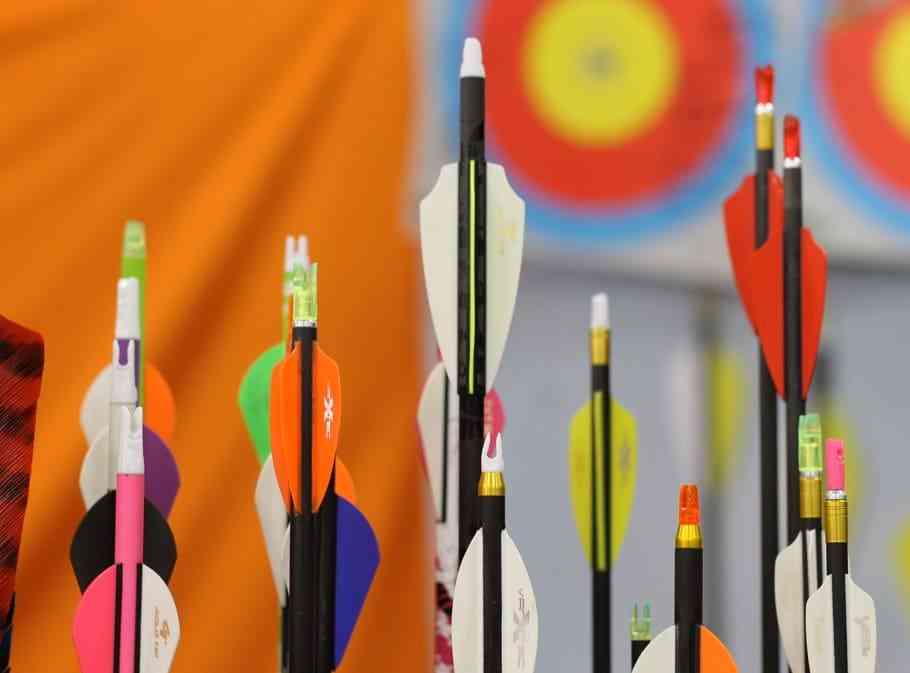

If you are planning to go hunting with a recurve bow, choosing the right type of arrows is important for a successful hunt. Here are the key factors to consider when selecting arrows for your recurve bow:
Weight
The weight of the arrow is essential since it affects the bow’s performance by influencing its energy transfer to the arrow.
For hunting with a recurve bow, it is recommended to choose heavier arrows since they provide more kinetic energy, which is necessary to take down game animals.
The ideal weight of the arrow should be between 8 and 10 grains per pound of the bow’s draw weight.
Spine
The spine of the arrow is the degree of flexibility it has, and it is also a critical factor to consider. The spine should be matched to your bow’s draw weight to ensure that the arrow flies straight and true to the target.
If the arrow spine is too weak or too stiff, it can cause erratic flight or even break upon release, which can be dangerous.
Material
Arrows can be made of various materials, such as wood, aluminum, carbon, or a combination of these materials.
Each material has its advantages and disadvantages, but for hunting with a recurve bow, it is best to choose arrows made of carbon since they are durable, lightweight, and offer excellent penetration.
Broadheads
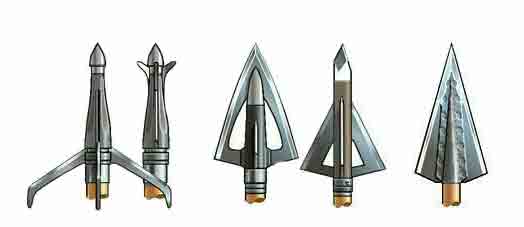

The broadheads are the tips of the arrows, and they come in different shapes and sizes. For hunting with a recurve bow, it is recommended to use fixed-blade broadheads since they provide better penetration and are more reliable than mechanical broadheads.
The size of the broadhead should also be matched to the weight of the arrow and the game being hunted.
When selecting arrows for hunting with a recurve bow, it is essential to consider their weight, spine, material, and broadheads to ensure a successful and humane hunt.
With the right equipment and techniques, hunting with a recurve bow can be a rewarding and challenging experience that connects you to nature and the ancient art of archery.
Some Common Frequently Asked Questions
How does a recurve bow work?
A recurve bow is a type of bow that uses a curved bowstring to shoot arrows. This type of bow is good for hunting because it lets you shoot arrows closer to the target than other types of bows.
What is the height of a recurve bow?
The height of a recurve bow is the length of the bow from the string to the top of the bow. This measurement is important because it determines how high you can shoot an arrow.
What is the biggest game you can hunt with a recurve bow?
The biggest game you can hunt with a recurve bow is deer.
In conclusion
Hunting with a recurve bow is possible and can be a satisfying experience for those who are up for the challenge.
It requires a combination of skill, patience, and ethical hunting practices. With the right equipment, knowledge of your prey’s anatomy, and a commitment to ethical hunting, you can have a successful hunting trip with a recurve bow.
When it comes to choosing a recurve bow for hunting, there are many options available on the market. The five bows listed above are some of the best options for hunters of all skill levels.
Ultimately, the best bow for you will depend on your personal preferences, hunting style, and budget.
Hunting with a recurve bow can be a challenging and rewarding experience, but it’s crucial to approach it with the right mindset and skills to ensure a safe and ethical hunt.


